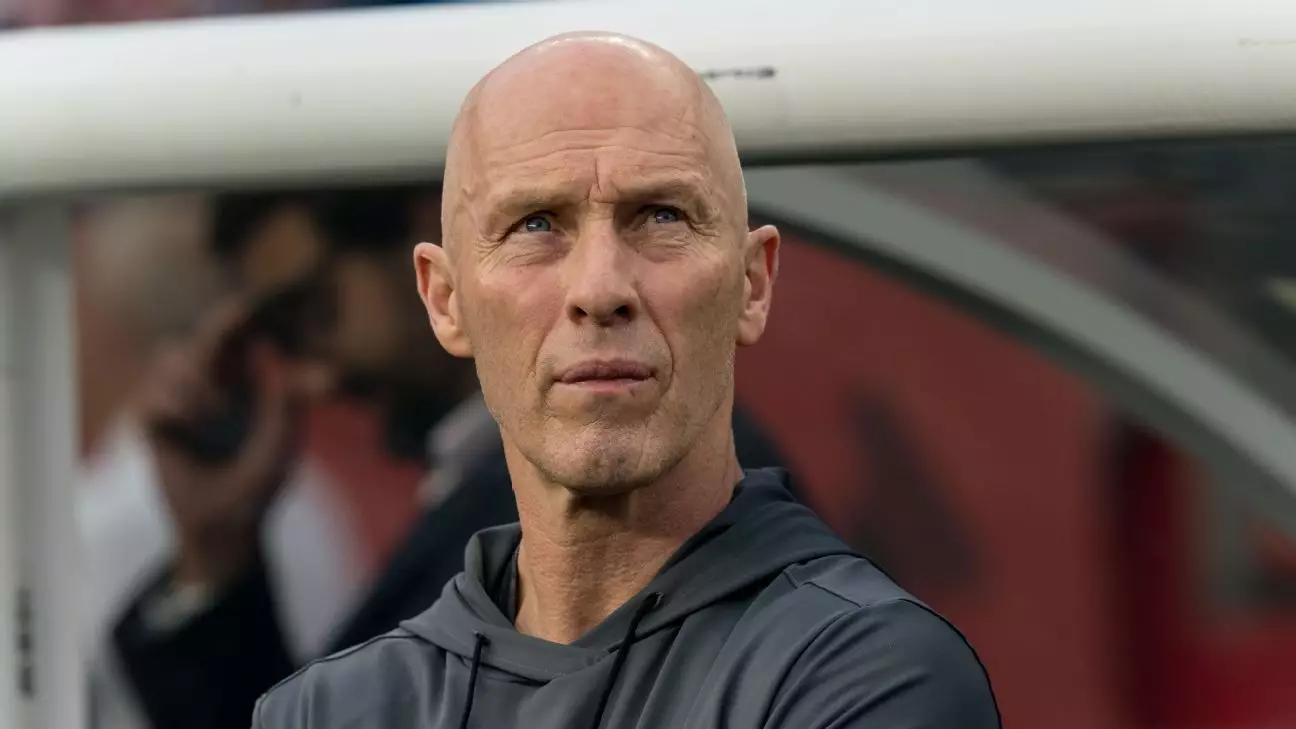In a move that has sent ripples through the Norwegian football scene, Bob Bradley, the former manager of the United States national team, has parted ways with Stabaek Fotball. The announcement came from the club, stating that the separation was mutual and effective immediately. This development follows a disappointing run of performances, with Stabaek suffering its third straight loss over the weekend, a nail-biting home defeat to IK Start, finishing 3-2. This outcome has left the team languishing in seventh place within the Norwegian second division as the season approaches its climax, with seven matches remaining.
Facing the prospect of missing out on promotion playoffs, the pressure was mounting on Bradley. As Stabaek’s ambition to ascend back to the top tier faltered, it became clear that drastic changes were necessary for the club’s future. The Stabaek chairman, Espen Moe, expressed gratitude for Bradley’s contributions while acknowledging the team’s recent stagnation, hinting at a need for a fresh approach. Bjørn Helge Riise has been appointed as the interim head coach, hoping to bring a new perspective to the team’s tactics and morale.
Bradley’s relationship with Stabaek has been deep-rooted, spanning two significant periods. His initial tenure from 2014 to 2015 was marked by groundbreaking achievements, making him the first American to manage a team in Europe’s top leagues. During this time, he guided Stabaek to remarkable successes, including qualification for the Europa League, solidifying his status as a pioneer for American coaches abroad.
However, after returning to the club last year in an attempt to steer Stabaek clear of relegation, Bradley faced an uphill battle. His experience in international coaching, including stints with various clubs and national teams, makes his departure from Stabaek an intriguing chapter influenced by the complexities of football management.
A Respected Career in Coaching
Bob Bradley’s career trajectory showcases a wealth of experience across various levels of football. His coaching journey began in the American collegiate system with prestigious institutions such as Ohio University and the University of Virginia, before transitioning into professional football. He made his mark in Major League Soccer (MLS) as the head coach of the Chicago Fire, where he achieved remarkable success, including winning both the MLS Cup and U.S. Open Cup in his debut season.
Bradley’s tenure as the head coach of the U.S. men’s national team further bolstered his reputation, leading the squad through notable successes, including a Gold Cup victory and a commendable round of 16 finish at the 2010 FIFA World Cup. Despite experiencing setbacks, such as his dismissal following a Gold Cup final loss in 2011, Bradley’s resilience and determination have characterized his multifaceted career.
As Bradley reflects on his time at Stabaek, prospects for his future remain promising. The current climate in MLS indicates several clubs are in need of experienced leadership, including Atlanta United FC, Chicago Fire FC, and FC Dallas, among others. His proven ability to uplift teams, alongside a keen tactical sense, positions Bradley as a strong candidate for managerial roles within a competitive landscape.
Bob Bradley’s voyage in football reflects a commitment to the sport, underscored by an unwavering work ethic and an insightful understanding of the game. As he steps away from Stabaek, the legacy he leaves behind serves as both an inspiration and a reminder of the challenges confronted in professional football management. The next chapter in his storied career is waiting—one that could potentially bring him back under the bright lights of MLS, where he has long championed American soccer ambitions.


Leave a Reply